Dr. Eman Zahran
Navigating Aquaculture’s Mycotoxin Maze: Strategies for Sustainable Solutions


Dr.ZahranearnedherDVMdegreeandherMaster’s degreeinfishdiseasesfromMansouraUniversity’s FacultyofVeterinaryMedicinein2004,obtaining herPhDinfishdiseasesfromNorthCarolinaState UniversityandMansouraUniversity
SheiscurrentlyaprofessorofAquaticAnimal MedicineatMansouraUniversity.Additionally,she servesastheEgyptBranchOfficeroftheEuropean AssociationofFishPathologistsandthedirector ofMansoura University’slaboratoryandscientific equipmentunit.
Could you provide an overview of your research interests in aquaculture and how you became interested in studying mycotoxins?
My research interests in aquaculture rely on three pillars:
1. Disease problems and diagnostic tools to tackle outbreaks.
2. Nutraceutical approaches to enhance fish immunity and increase their resistance to diseases.
3 Pollution sources and their mode of action, impact on fish health, as well as methods to mitigate their negative effects.
Mycotoxins are major feed contaminants affecting fish health and production.
Due to the growing importance of the aquaculture industry as a food source and the need to improve the sustainability and productivity of aquaculture systems, mycotoxins represent a significant challenge, as they can have several negative outcomes in fish.
Therefore, it was necessary to address this problem in my research, contributing to developing more sustainable and efficient aquaculture systems.
How do mycotoxins affect aquatic organisms, particularly fish?
Mycotoxins are toxic compounds produced by certain fungi that can harm aquatic organisms, especially fish.
They can appear during pre-harvest, post-harvest, processing, storage, and feeding.
Exposure to mycotoxins can cause a range of negative effects on fish, including reduced growth and reproduction, impaired immune function, and increased susceptibility to disease.

Reproductive alterations

Could you discuss some of the common forms of mycotoxin contamination in aquaculture systems?
Contamination of animal and human food with mycotoxins occurs directly or indirectly.
Direct contamination occurs through the infection of the food by a toxigenic fungus with subsequent production of mycotoxins.
Indirect contamination occurs through previous contamination of food ingredients by a toxigenic fungus, even though it has been eliminated during processing.
What are some of the main challenges in detecting and mitigating mycotoxin contamination in aquaculture feed and water?
Variety and complexity
There are hundreds of different mycotoxins, each with unique properties and varying levels of toxicity.
This diversity makes it difficult to develop detection methods that are accurate and comprehensive.
Uneven distribution
Mycotoxins can be unevenly distributed within food products, making getting a representative sample for testing challenging, which can lead to false negatives or inaccurate results.
Limited detection methods
Many current detection methods are expensive, time-consuming, or require specialized equipment, which can limit their accessibility, especially in developing countries.
Emerging threats
New mycotoxins are constantly being discovered and the known ones can evolve over time, which means that detection methods need to be continually updated.
Mitigation challenges
Even when mycotoxins are detected, removing them from food products can be difficult without compromising quality or safety. Additionally, some mitigation strategies can be expensive or impractical.
Mycotoxin mitigation strategies can be costly and involve using expensive feed ingredients or treatments, which can make it difficult for farmers to prioritize mycotoxin mitigation in their operations, especially in developing countries with tight profit margins.

How do mycotoxins impact the health and performance of farmed fish, and what are the economic implications for aquaculture operations?
Impact on fish health
Reduced growth and weight gain: mycotoxins can interfere with nutrient absorption and metabolism, hindering fish growth.
Impaired immune system: mycotoxins can weaken the immune system, making fish more susceptible to diseases.
Organ damage: some mycotoxins can damage organs like the liver and kidneys.
Increased mortality: in severe cases, mycotoxin exposure can lead to death.
Economic implications
Production losses: reduced growth, weight gain, and higher mortality translate to lower production yields.
Increased treatment costs: fish health issues due to mycotoxins often require treatment, adding to operational costs.
Market rejection: concerns about mycotoxin residues in fish can lead to market rejection and reduced product value.
What strategies or techniques can aquaculture producers implement to minimize mycotoxin exposure in their operations?
Here are some strategies and techniques aquaculture producers can implement to minimize mycotoxin exposure in their operations:
Feed management
Source high-quality feed ingredients: choose suppliers that prioritize low-mold and mycotoxin risk in their grains and other feed components.
Implement proper storage conditions: store feed in cool, dry, and wellventilated areas to prevent mold growth and mycotoxin production.
Regularly monitor mycotoxin levels: conduct routine testing of feed ingredients and finished feed to identify and address potential contamination.
Mycotoxin detoxification
Use mycotoxin binders: clay minerals and other binding agents can aid in mycotoxin adsorption and reduce their absorption by fish.
Explore biological detoxification methods: utilize probiotics or microbial enzymes to break down mycotoxins into less harmful forms.
Consider physical detoxification techniques: thermal processing or irradiation can sometimes reduce mycotoxin levels.
Additional strategies
Support breeding programs: invest in breeding fish strains with enhanced mycotoxin resistance.
Optimize pond management practices: maintain good water quality and hygiene to minimize mold growth and mycotoxin contamination.
Stay informed about the latest developments: regularly update knowledge on mycotoxin risks, regulations, and mitigation strategies.
Source high-quality feed ingredients
Implement proper storage conditions
FEED MANAGEMENT
By implementing these strategies, aquaculture producers can significantly reduce mycotoxin exposure in their fish and ensure the safety and quality of their products.
Regularly monitor mycotoxin levels

MYCOTOXIN MITIGATION STRATEGIES
MYCOTOXIN DETOXIFICATION

Use mycotoxin binders
Explore biological detoxification methods
Consider physical detoxification techniques
ADDITIONAL STRATEGIES
Support breeding programs
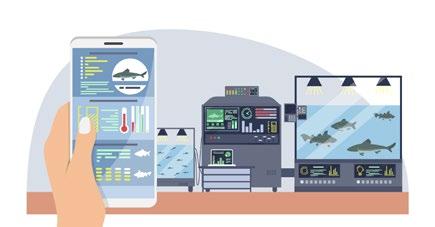
Stay informed about the latest developments
Optimize pond management practices
Can you share any specific findings from your research on mycotoxins in aquaculture, particularly any recent discoveries or insights?
Yes, our research titled “Dietary mycotoxicosis prevention with modified zeolite (Clinoptilolite) feed additive in Nile tilapia (Oreochromis niloticus)” has shown interesting results.
The study aimed to evaluate the efficacy of Minazel Plus®, a modified zeolite (Clinoptilolite), as a feed additive in preventing mycotoxicosis in Nile tilapia.
To investigate the safety and efficacy of surface-modified clinoptilolite adsorbent as part of polar and non-polar mycotoxin control and prevention strategies, we supplemented control and aflatoxin-contaminated diets with Minazel Plus® at a level of 2 g/kg (MZ, AFsMZ, respectively) for 8 weeks.
Significant differences in production and health parameters were observed between AF vs. Control and MZ-supplemented groups. In the AFs group, compared to other groups, the following alterations were observed:
Decrease of red blood cells (RBCs), hemoglobin (Hb), and blood-packed cell volume (PCV).
Changes in dynamics of leukocyte counts (specifically neutrophils), and decrease in serum lysozyme and bactericidal activity.
Increase in malondialdehyde (MDA), decrease in catalase (CAT), reduced glutathione (GSH), and superoxide dismutase (SOD) activity.
Supplementation of Minazel Plus® decreased the level of AFs residues to 0.9 μg/kg in liver and 0.022 μg/kg in muscle, as well as alleviating the histopathological alterations induced by the mycotoxins.
The reported results strongly suggest that feed-mill monitoring strategies for aflatoxin levels in feed ingredients need to be implemented and strictly enforced, especially due to possible illegal use of highly contaminated feed, as well as inadequate or missing regulations of the safety level of aflatoxins in fish feed.
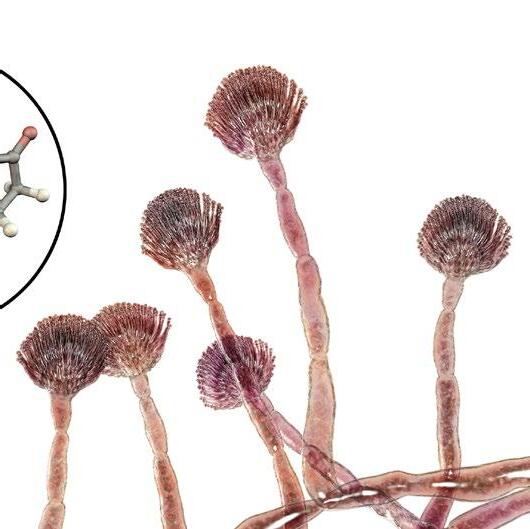
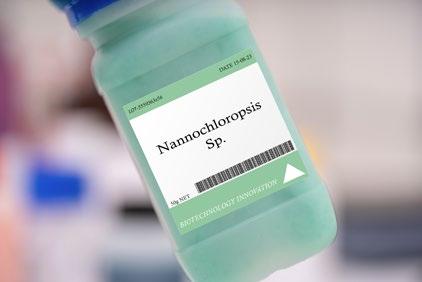
One of your lines of research has focused on the potential use of Nannochloropsis oculata How might its immune-modulating and detoxifying effects in Nile tilapia diets be leveraged to combat the detrimental effects of mycotoxins in aquacultural settings, particularly in terms of preserving fish health, growth, and immune responses?
Nannochloropsis oculata is a microalga that has demonstrated immune-modulating and detoxifying effects in various studies, including those conducted in aquaculture settings.
These properties make it a potential candidate for combating the detrimental effects of mycotoxins, which can compromise fish health, growth, and immune responses in aquaculture.
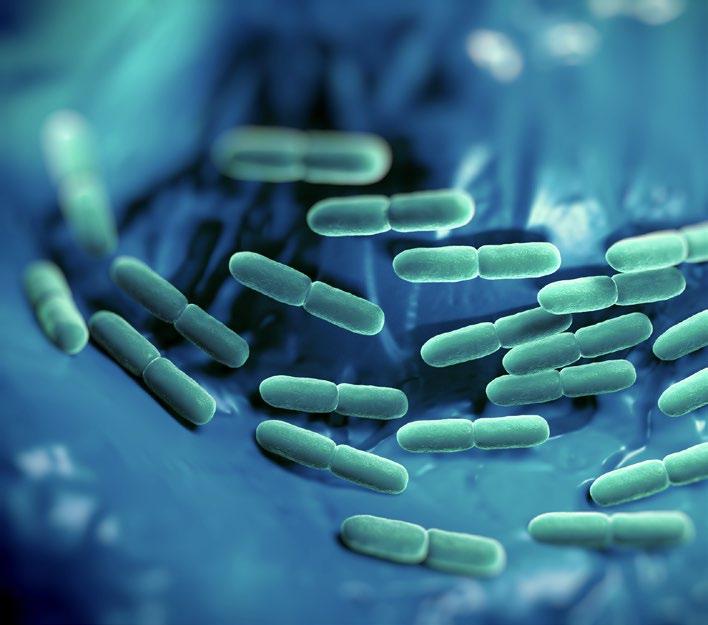
Microalgae are rich sources of carotenoids, astaxanthin and another antioxidant bioactive compound that acts as a free radical scavenger, which counteracts the oxidative stress induced by mycotoxins.
Based on the findings presented in the article “Lactobacillus acidophilus supplementation re-establishes gut epithelial integrities and barrier functions in non-specific diarrhea”, could its administration in fish diets potentially mitigate the impact of mycotoxins on fish health, particularly in terms of preserving gut epithelial integrity and barrier functions?
Based on the research conducted on Lactobacillus acidophilus, it is possible that its administration in fish diets could mitigate the impact of mycotoxins on fish health.
The study mentioned re-establishing gut epithelial integrity and barrier functions, which are crucial in the fight against mycotoxins.

The article suggests that L. acidophilus supplementation could potentially help preserve the integrity of the gut epithelium, which could be helpful in the case of mycotoxins.
However, dosage and delivery must be established through controlled trials to determine the optimal dosage and delivery method of L.acidophilus for mitigating mycotoxin effects in fish.
How does climate change and other environmental factors influence the prevalence and severity of mycotoxin contamination in aquaculture systems?
Climate change and environmental factors significantly impact the prevalence and severity of mycotoxin contamination in aquaculture systems.
Temperature and Humidity
Increased fungal growth: rising temperatures create favorable conditions for mold growth and mycotoxin production by fungi.
Stress on crops and plants: heat-stress on crops used in aquafeeds can weaken them, making them more susceptible to fungal infection and mycotoxin contamination.
Warmer storage conditions: higher ambient temperatures during feed storage can exacerbate mold growth and mycotoxin production.
Combined Effects
Complex interactions: the interplay between different environmental factors can create complex scenarios, making it challenging to predict the exact impact on mycotoxin prevalence and severity.
From a regulatory perspective, what measures are in place to monitor and control mycotoxin levels in aquaculture products, both in Egypt and internationally?
There are regulatory measures in place to monitor and control mycotoxin levels in aquaculture products both internationally and, specifically, in Egypt:
International Measures
The U.S. Food and Drug Administration (FDA) has issued regulatory guidance for three mycotoxins that may be present in raw grains, ingredients, animal food (feed), and human food: aflatoxins, deoxynivalenol (vomitoxin), and fumonisins.
The FDA provides advisory levels and action levels for these mycotoxins.
Advisory levels offer guidance to the industry, while action levels specify precise contamination levels at which regulatory action may be taken.
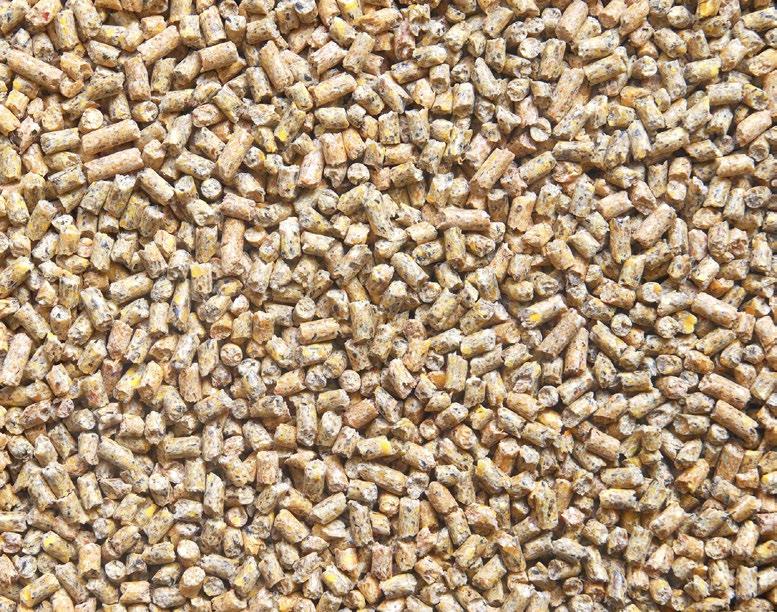
European Union (EU)
The EU has established maximum limits for mycotoxins in various food and feed products.
These limits are enforced through regular monitoring, and products exceeding the limits are considered non-compliant.
Egyptian Measures
The Egyptian Organization for Standardization and Quality Control (EOS) follows international guidelines and standards established by the European Union – Commission’s regulation.
Laboratories across Egypt conduct routine mycotoxin testing to ensure compliance with these standards.
Risk Assessment and Mitigation
Good Agricultural Practices (GAP) and Good Manufacturing Practices (GMP) are promoted to minimize mycotoxin contamination.
Monitoring programs assess mycotoxin levels in aquaculture feeds and products.
Research focuses on identifying biomarkers and effective treatments.
Collaboration and Capacity Building
Egypt collaborates with international bodies, research institutions, and industry stakeholders.
Training programs enhance awareness and capacity for mycotoxin management.
In summary, international and national efforts aim to ensure safe aquaculture products by monitoring mycotoxin levels, enforcing regulations, and promoting best practices.
What final advice would you give to aquaculture producers or researchers looking to better understand and address mycotoxin contamination in their operations?
Quality Ingredients and Proper Storage

Use high-quality feed ingredients to minimize mycotoxin risk.
Store feeds and grains in dry and cool conditions to prevent mold growth and mycotoxin formation.
Feed Additives and Toxin Binders
Incorporate feed additives such as mold inhibitors or toxin binders.
These additives can reduce mold growth and limit mycotoxin contamination in aquaculture feeds.
Regular Sampling and Monitoring
Adequate sampling during and after feed manufacture is crucial.
Regular monitoring helps diagnose mycotoxicosis and assess mycotoxin levels.
Understand Mechanisms and Effects
Mycotoxins impact aquaculture through nutrient alteration, endocrine changes, and immune suppression.
Recognize that symptoms are often general, making diagnosis complex.
Collaborate and Stay Informed
Engage with fellow researchers, industry experts, and regulatory bodies.
Stay updated on mycotoxin research, regulations, and mitigation strategies.
Remember that addressing mycotoxin contamination requires a holistic approach, combining knowledge, vigilance, and proactive measures. Implementing these strategies can safeguard fish health and optimize aquaculture productivity.

